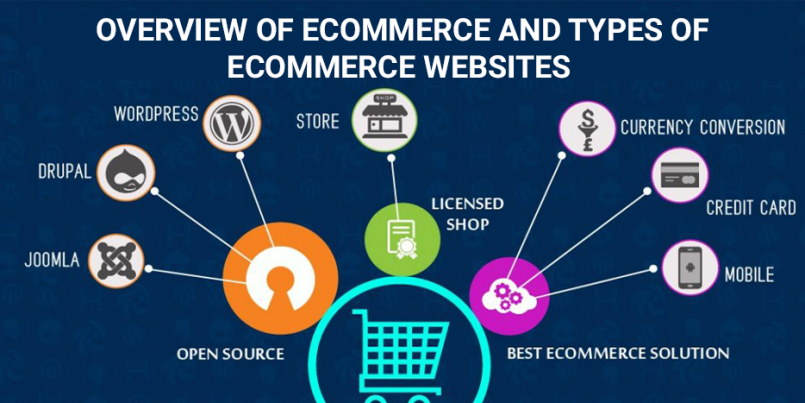
ecommerce: Types of Ecommerce

Generally, there are seven main models of ecommerce that businesses can be categorized into:
- B2C.
- B2B.
- C2C.
- D2C.
- C2B.
- B2A.
- C2A.
Let’s review each type of electronic commerce in a bit more detail.
1. Business-to-Consumer (B2C).
Firstly,
B2C ecommerce encompasses transactions made between a business and a consumer. B2C is one of the most popular sales models in the ecommerce context. For example, when you buy shoes from an online retailer, it’s a business-to-consumer ecommerce transaction.
2. Business-to-Business (B2B).
Secondly, Unlike B2C, B2B ecommerce encompasses sales made between businesses, such as a manufacturer and a wholesaler or retailer. B2B is not consumer-facing and happens only between businesses.
3. Consumer-to-Consumer (C2C).
Thirdly, One of the earliest forms of ecommerce, consumer-to-customer ecommerce relates to the sale of products or services between customers. This includes C2C selling relationships, such as those seen on eBay or Amazon.
4. Direct-to-Consumer (D2C).
A newer model of ecommerce, D2C refers to a business that sells products directly to the end customer instead of going through a retailer, distributor or wholesaler.
One common example of D2C ecommerce is a subscription-based brand such as Netflix or Dollar Shave Club.
5. Consumer-to-Business (C2B).
C2B reverses the traditional retail model, meaning individual consumers make their products or services available for business buyers.
One example of a C2B business is iStock, an online store where stock photos are available for purchase directly from different photographers.
6. Business-to-Administration (B2A).
B2A covers the transactions made between online businesses and administrations. An example would be the products and services related to legal documents, social security, etc.
7. Consumer-to-Administration (C2A).
C2A is similar to B2A, but instead, consumers sell products or services to an administration. C2A can include online consulting for education, online tax preparation, etc.
Firstly, The ecommerce landscape is constantly changing for retailers, and with it, are the ways in which consumers shop.
Secondly, More consumers than ever are shopping online, and with that ecommerce websites need to up their game.
Thirdly, The modern consumer is no longer doing all of their online shopping on a desktop or laptop.
In Conclusion, In 2021 alone, 58% of all online visits to ecommerce websites came from smartphones, according to Contentsquare(opens in new tab).


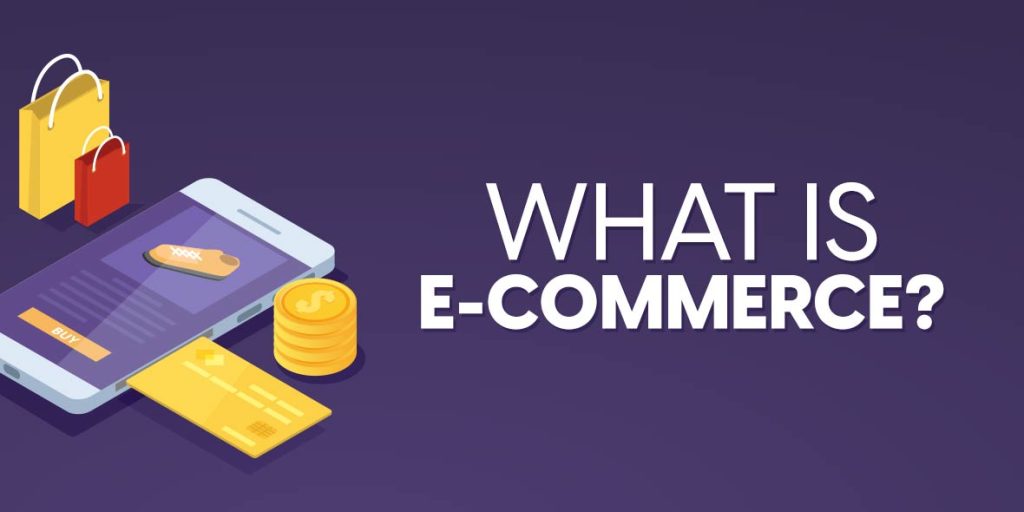
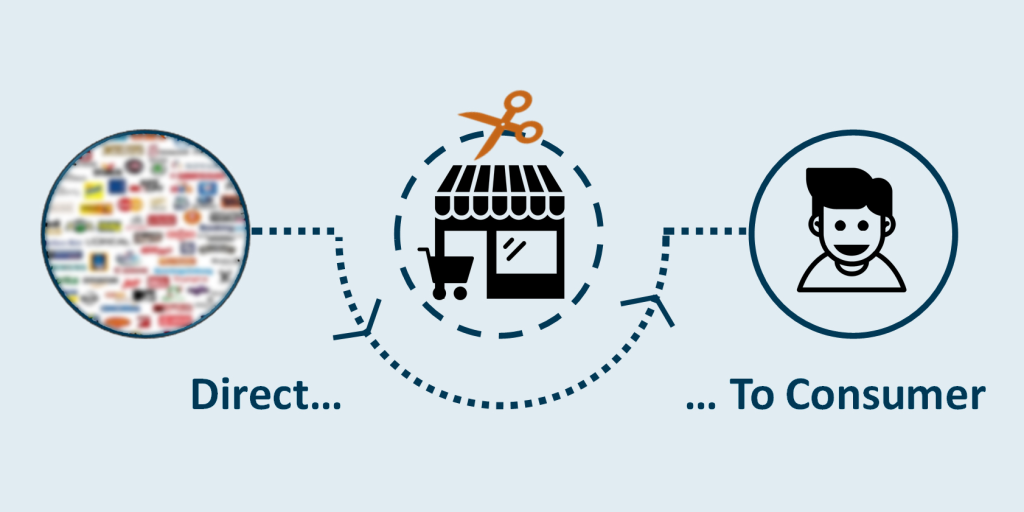
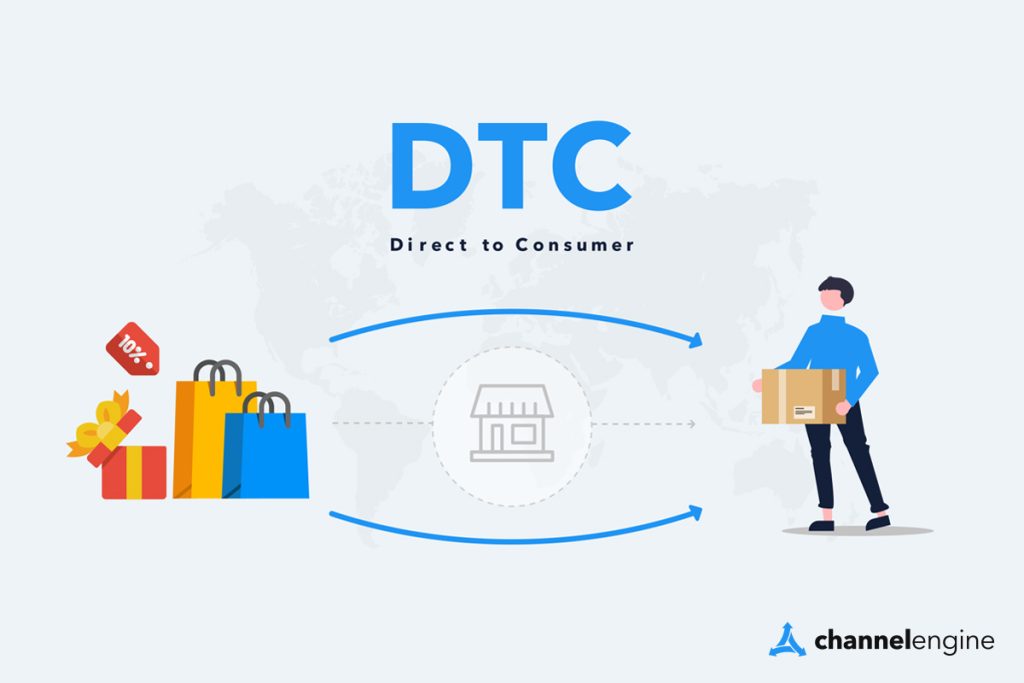
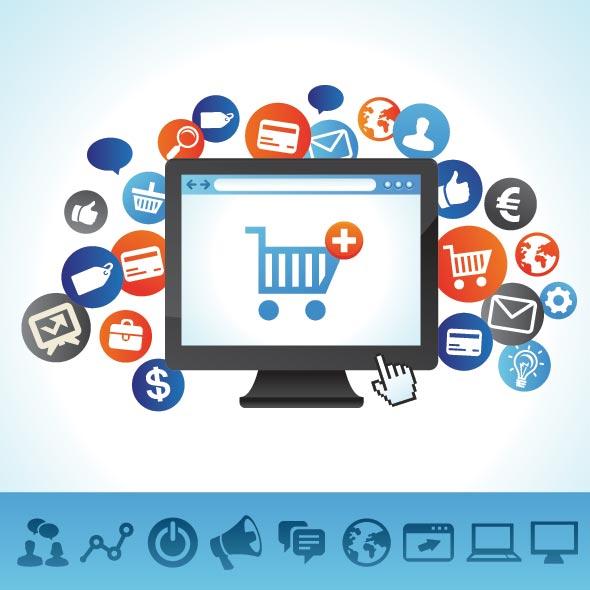
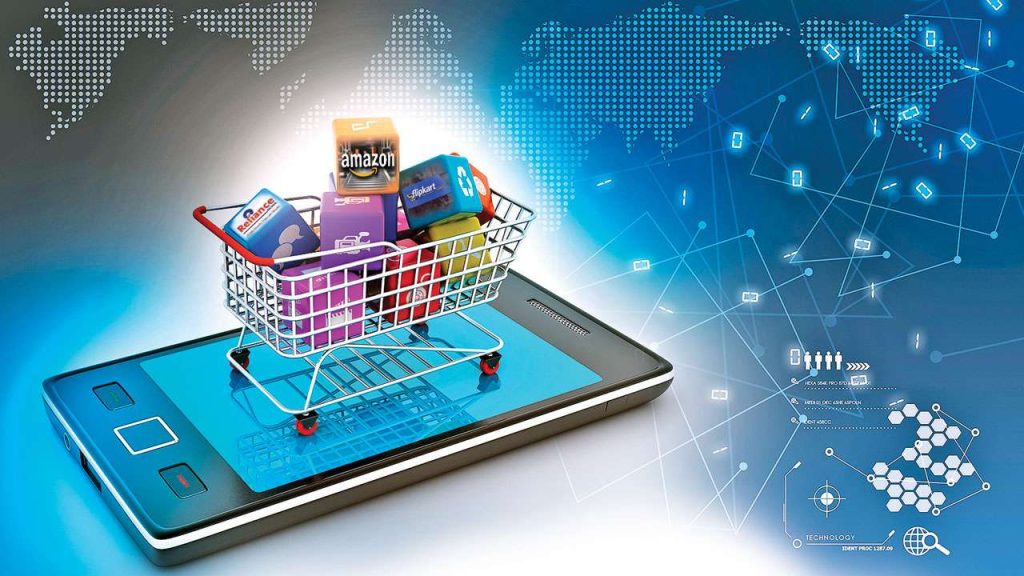
Responses